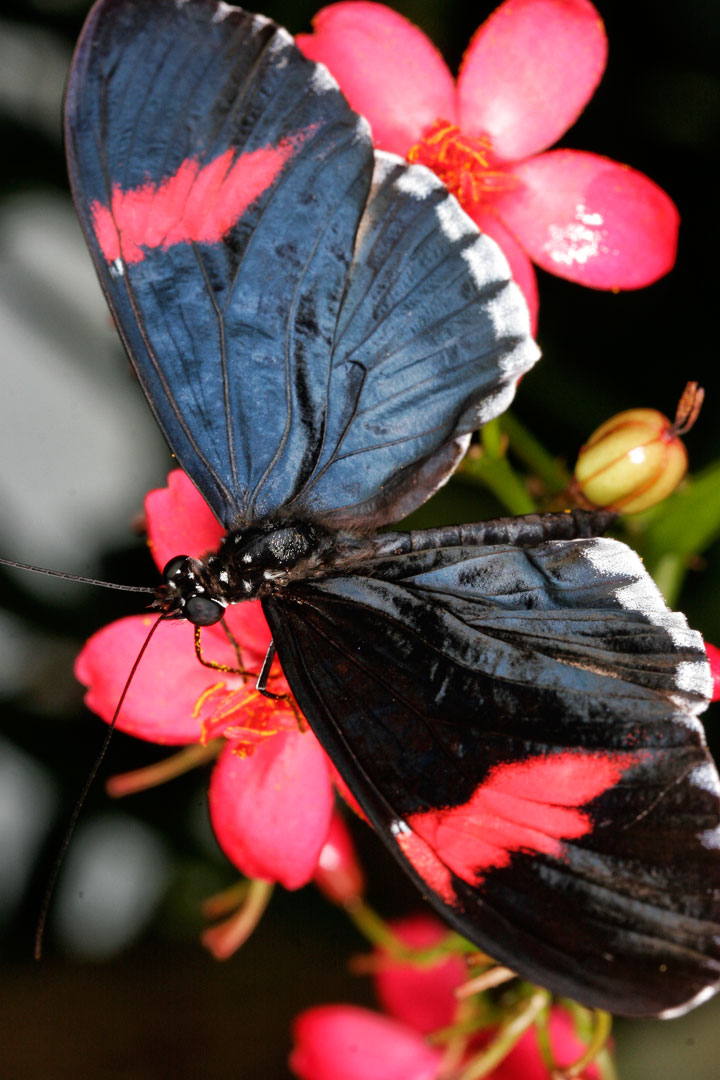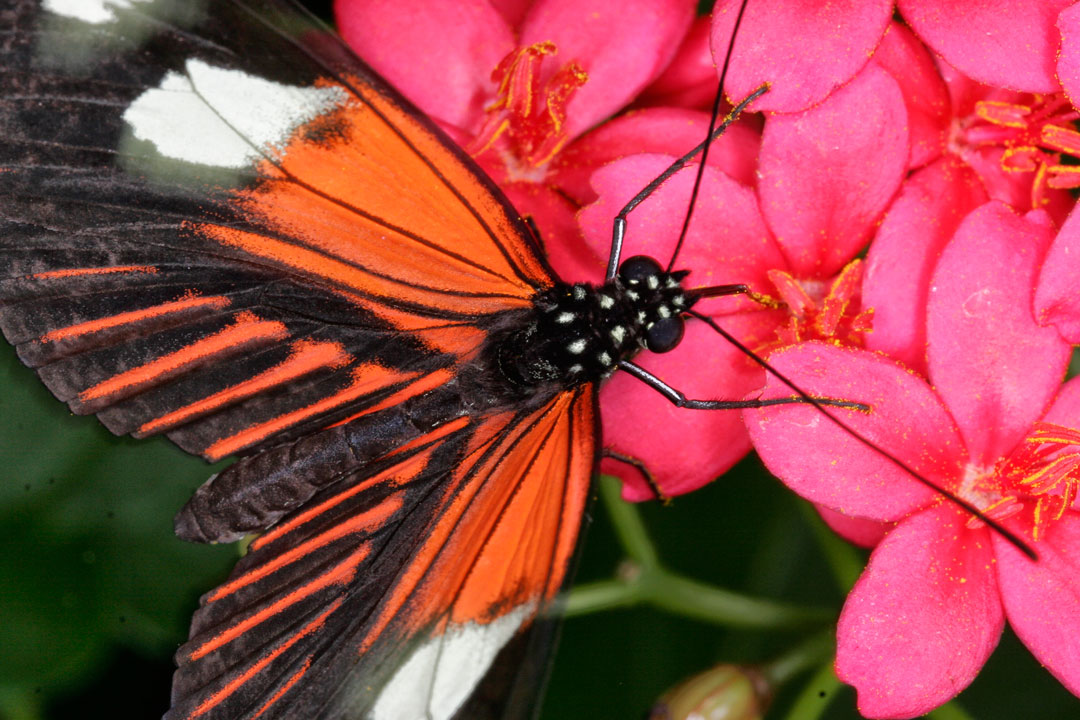Today’s Post by Joe Farace
 The ring light aka ring flash is generally considered to have been invented by Lester A. Dine in 1952 for use in dental photography but many people use ring lights for all kinds of photographs ranging from portraits to macro photography.
The ring light aka ring flash is generally considered to have been invented by Lester A. Dine in 1952 for use in dental photography but many people use ring lights for all kinds of photographs ranging from portraits to macro photography.
A ring light is a circular flash that fits around the lens and its most important characteristic is providing even illumination with few shadows. It can be used to photograph people although to paraphrase Jaws Chief Brody, “You’re gonna need a bigger light.” For the larger ring lights units used for fashion photography, power is delivered by battery or AC and some ring flash units such as Godox’s Witstro Ring Flash AR400 are constructed like small studio lights. In addition to softening shadows when photographing people, the unique way a ring flash renders light produces a shadowy halo that fashion photographers seem to like.
Within a circular flash unit, there can be one or more flash tubes, each of which can individually be turned on or off. Some ring flashes have focusing aka modeling lamps for helping with low-light focusing. For objects close to the camera, like these butterflies, the size of the ring flash is significant and so the light hits the subject from many angles in the same way that it does with a softbox, softening shadows.
How I made the photograph at right: It was made at Denver’s Butterfly Pavilion which can be a fun place to make photographs but also challenging from a lighting point-of-view. The featured images in today’s post were made using a Canon EOS 50D with EF-S 60mm f/2.8 Macro USM lens producing an equivalent field-of-view of a 96mm lens. Canon’s Macro Ring Lite MR-14EX was used with a manual mode exposure of 1/50 sec at f/8 and ISO 400.
 How I made the photo at left: I made was made at Denver’s Butterfly Pavilion using a Canon EOS 50D with EF-S 60mm f/2.8 Macro USM lens producing an equivalent field-of-view of a 96mm lens. Macro Ring Lite MR-14EX was used with an manual mode exposure of 1/30 sec at f/16 and ISO 400.
How I made the photo at left: I made was made at Denver’s Butterfly Pavilion using a Canon EOS 50D with EF-S 60mm f/2.8 Macro USM lens producing an equivalent field-of-view of a 96mm lens. Macro Ring Lite MR-14EX was used with an manual mode exposure of 1/30 sec at f/16 and ISO 400.
There are some ring lights that use continuous LED sources, such as FotodioX’s Flapjack Bi-Color LED Ring Light Kit, with the big advantage being their are usually slightly less expensive than electronic flash based devices. If you want to experiment with ring lights, there are also some inexpensive fluorescent-based ring lights available, such as the 18-inch Diva Ring Light Nova.
You can help support this blog through a monthly subscription to Patreon for just $1.25 a month. If subscriptions are not for you, that same link lets you to make a one-time contribution. I recognize that the pandemic has had an adverse effect on many people’s incomes, so if you would prefer to just send some good thoughts my way, that’s appreciated too.